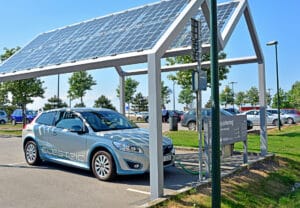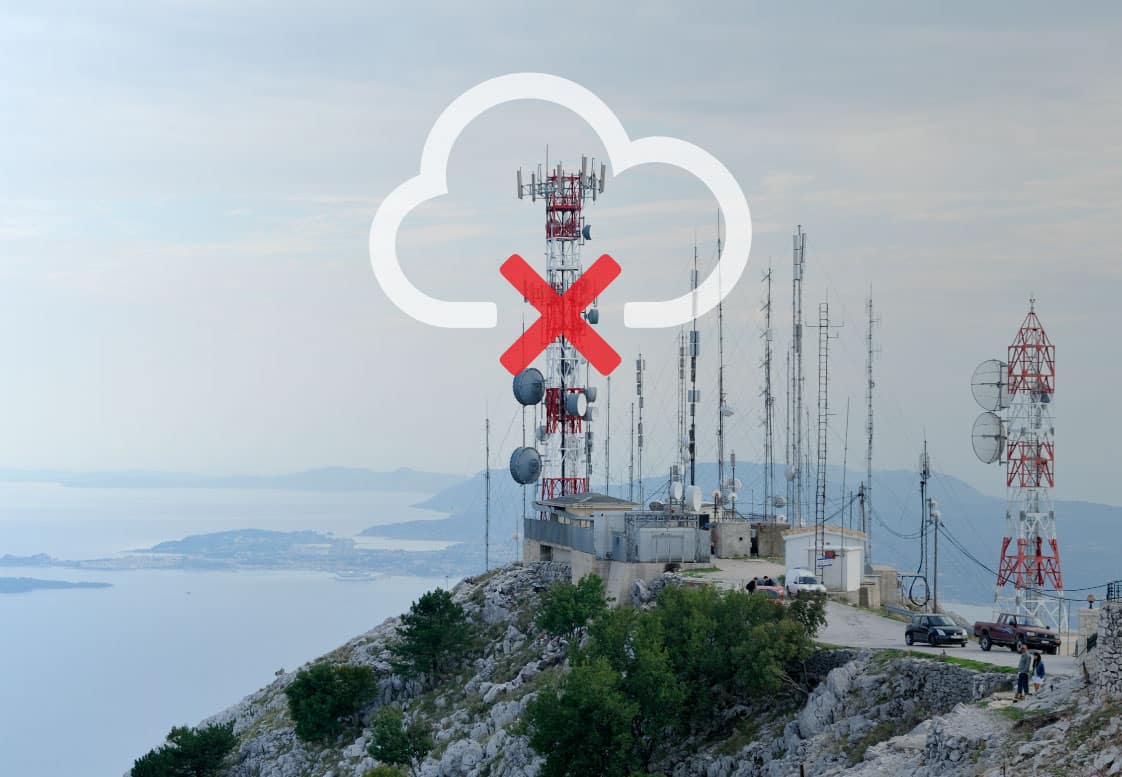
As global business and communication shift steadily towards the digital realm, the infrastructure we rely on for that seamless transfer of information is under increasing load to support this.
Network providers and site operators are constantly looking for methods to maximize their uptime, but now and then, service outages occur. These outages can be localized or affect entire countries like the recent Verizon service disruption.
These outages are not only an inconvenience for private customers; they present a serious risk for emergency services. In the case of a disaster or similar errant event, these can be left without the necessary communication capabilities and connectivity to work effectively and safely.
However, there are a number of strategies you can employ to minimize the risk of these outages and resulting service disruptions. First, let’s look at why Information and Communication Technology (ICT) organizations need to pay attention to these outages and their growing costs.
Galooli’s top 5 tips to prevent remote site downtime
Why telecom organizations need to pay attention to outages
According to recent research, network outages are steadily getting costlier. In just 1 hour, the average network provider lost $260,000 due to the outage. Nearly 40% reported that those outages took over 24 hours to solve.
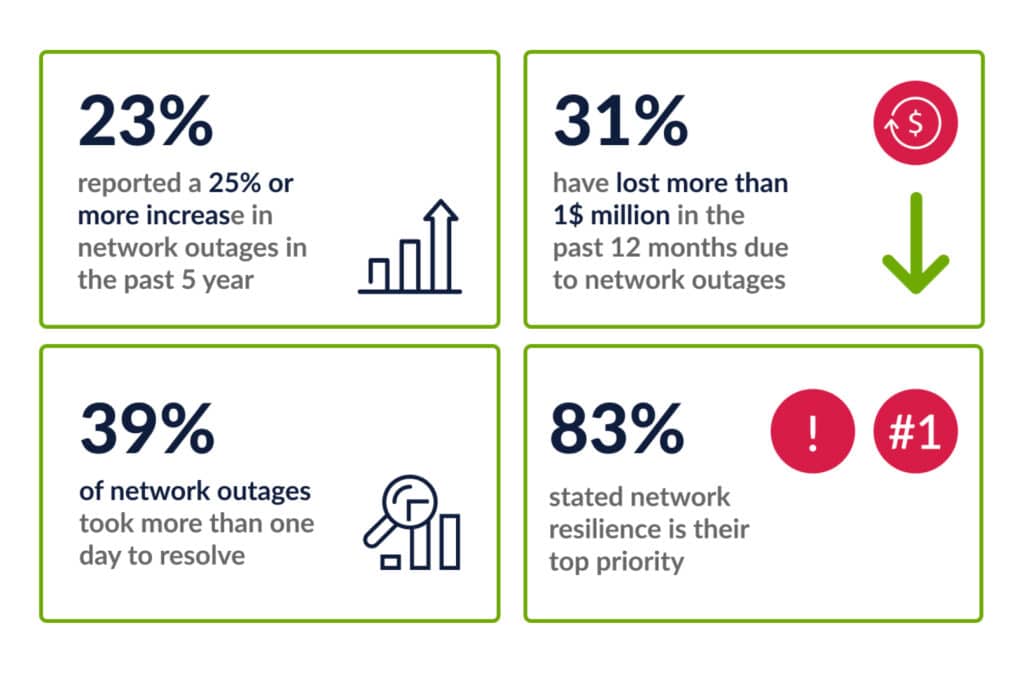
Due to this delay in remediation time, in the last year alone, 31% of network providers reported losing more than $1 million due to outages, and one in six reported losing more than $6 million. Not only are these outages costing more, but they are also lasting longer and becoming more frequent as well. These outages can also incur heavy fines by government bodies, like the $20 million fine levied on T-Mobile due to their extended service outage.
23% of operators reported an increase of over 25% in the number of outages they experienced in the last five years. More than half reported experiencing at least four outages in just the previous 12 months. As these events become more costly, longer, and more frequent, network providers and site operators must be vigilant and improve upon existing operational norms.
To aid in reversing this trend, we’ve come up with a collection of novel ways for your organization to minimize the risk and damage from service outages from an energy standpoint.
Top 8 tips to reduce site downtime
Making network-wide changes to improve continuity can seem daunting, but it can be done incrementally. Some of these tips will be relevant to some network service providers more than others, so feel free to pick and choose which ones resonate with your organization’s goals.
Tip #1 – Have network-wide visibility at all times
The most important thing to prevent site and service outages is complete visibility over the operations of your. That includes their availability, historical and live performance, and any malfunctions or potential performance issues that need to be optimized. You need to be able to identify and respond to specific and problematic sites and assets to eliminate unnecessary visits and be proactive in mitigating temporary service disruptions or total outages.
Tip #2 – Have multiple energy backups
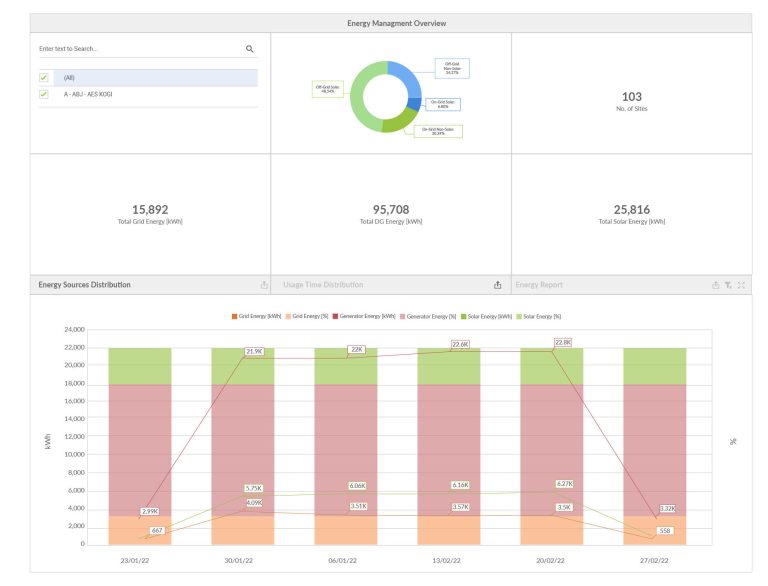
Telecom sites and data centers are most often reliant on the grid for power supply and sometimes a generator for backup power. It’s always good to have a backup plan, but what if that generator fails too? For this reason, site operators need to ensure their sites have energy redundancies like backup batteries and harness surrounding renewable energy resources like solar or wind energy.
Tip #3 – Keep those backups and your energy assets optimized
Even with energy redundancies, you still need to be able to monitor your energy assets and their performance in real-time and receive alerts to any malfunction or errant event. It’s important to examine your energy KPIs to find areas to improve efficiency, like unnecessary usage when the grid is available and running under or overvoltage.
You can also use the generator or onsite to charge backup batteries until they can supply power to the site instead of directly providing power. This reduces fuel use, more frequent refueling and maintains the durability of the generator longer. To capitalize on this, software like remote energy monitoring and management (RMM) solutions are an overarching solution to these pain points.
Tip #4 - Establish clear performance thresholds

To optimize your remote assets properly, you need to ensure they operate as you expect them to. In order to understand when those times occur and when these remote assets are performing poorly, you need to establish clear thresholds they should operate within. In the case of remote assets operating outside of that range, these thresholds turn into alerts that provide operators immediate information on the issue at hand.
Tip #5 – Keep your configurations standard
When you have to manage a network of thousands of interconnected telecom sites, keeping that massive web of infrastructure up to date and running effectively is a complex task. Some of the most common causes of cloud-based service disruptions are misconfigurations and out-of-date firmware.
RMM solutions like Galooli’s can help provide regular reports and remote syncing for all the out-of-date firmware in a network of assets strewn across the USA as a batch instead of site by site. An RMM will significantly reduce maintenance time and cost by eliminating the need to perform these updates onsite and cutting through logistics challenges.
Tip #6 – Capitalize on predictive maintenance
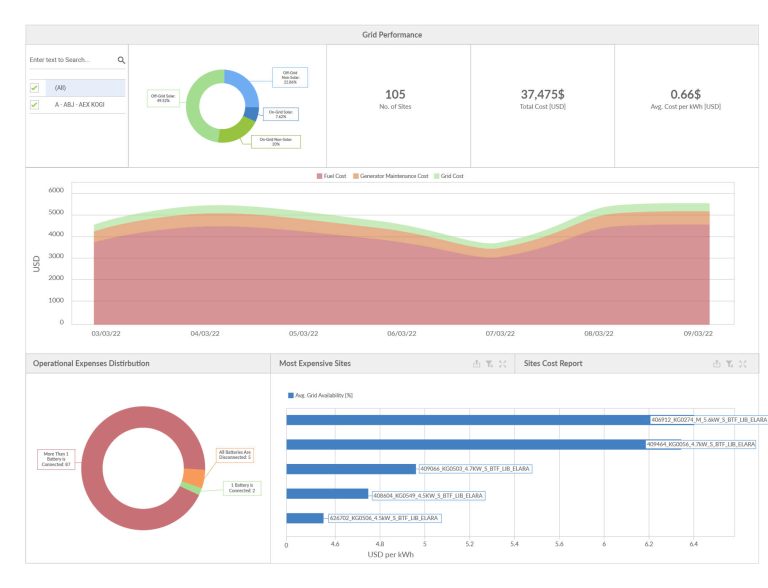
The last thing a telecom site operator needs is to find out they need sweeping maintenance and part replacements, which could have been prevented if they had known of these issues beforehand. This also extends beyond generators and batteries to the various devices onsite, including cameras and antenna warning lights, where outages can lead to heavy regulatory fines.
By actively monitoring your remote assets and establishing performance thresholds, you can receive immediate alerts when a malfunction occurs or an outage is imminent. This will reduce the need for equipment replacement and improve asset longevity by allowing stakeholders to react immediately to problems instead of when they perform a periodic check.
Tip #7 - Double Check New Equipment
As 5G coverage expands worldwide, existing infrastructure is critical to achieving that growth. In addition, even in areas with older network generations, any new equipment and existing equipment needs to be checked before and after installation. Take the time to stress-test new assets and ensure their configuration and implementation were according to manufacturer and company standards.
Tip #8 – Start renewing your energy use
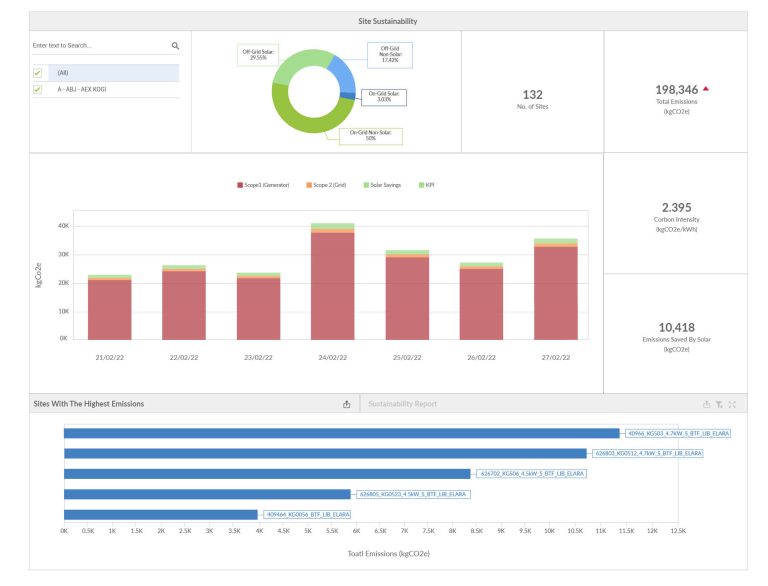
Renewable energy sources are crucial to keeping remote sites running efficiently, especially when other backups fail. Renewable assets can be paired with energy storage solutions to supply power to the remote site during peak hours of sunlight or wind and charge those storage units for use later on with excess energy collected.
Pairing your energy storage solutions with renewables also prevents reliance on generators, reduces fuel costs and carbon emissions, and improves site efficiency. Renewable energy also improves the lifetime of your other energy assets with the reduced reliance on their use.
Bonus: Give Transparency for your end-users
Though this is often considered in terms of data privacy, it is also vital for companies to be forthcoming with customers when outages occur. Telecom organizations need to provide clarity on why the outage happened and how your organization is planning on handling it to prevent a future occurrence. If your customers and stakeholders understand your commitment to providing continuous and excellent network connectivity, sporadic outages will not affect that brand loyalty.
Implementing these tips effectively requires a streamlined solution like Galooli’s RMM solution that can address all of these pain points at once.
Start Actively Protecting Your Remote Sites’ Continuity
As the cost, frequency, and duration of network outages rise, service providers need to be proactive in mitigating these situations. This goes beyond periodic site visits and infrastructure audits and needs to focus on real-time visibility and management controls over your remote assets and sites.
The tips we have provided are not an all-or-nothing concept. Certain organizations will find certain strategies more relevant to their goals than others, and some may even implement them all. Nor do these changes have to happen in a drastic shift of corporate policy. To this end, Galooli provides an all-encompassing RMM solution on a centralized platform that provides network and site operators a smooth transition as you implement these tips.

























